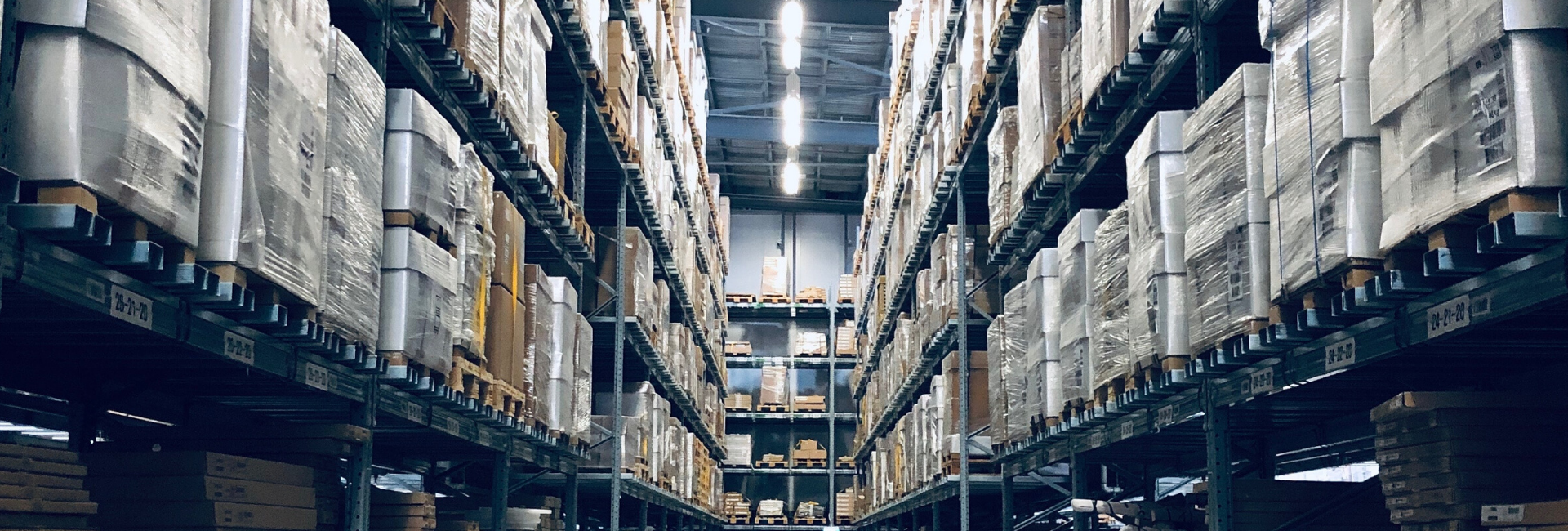
Virtual Warehouses Best Practices
Are they ever a good idea for inventory management and fulfillment?

As the SVP of Global Business Development for Sunrise Technologies, Cem Item serves as a trusted advisor to C-level executives running large global enterprises. He conducts corporate business strategy engagements and digital transformation workshops around the world. With over 20 years of consulting experience, Cem specializes in the textile, apparel, footwear, home furnishings, consumer goods manufacturing, and retail industries.
Warehouse data tells a story
Data tells a story about how a company runs its business. The warehouse table in particular — this core entity reveals so much about how a company manages its inventory. We’re fascinated by the creativity we see and how customers utilize their inventory data in so many ways.
A common setup: virtual warehouses
One way customers can manage inventory is by setting up virtual warehouses. This is when a warehouse that doesn’t exist in physical space is created in their inventory management system, and inventory is added. Virtual warehouses are a technique used to segment inventory. Think of it as “setting aside” a portion of your product for VIP customers or certain channels. Virtual warehouses aren’t necessarily a bad thing – if an important customer, region, or channel made an early commitment to your product, you definitely want to make sure that product is available to them. For single-channel brands or businesses with simple supply chains, virtual warehousing is a perfectly fine way to manage inventory, and a good business practice. But for omni-channel brands, or global organizations selling product in multiple countries, using virtual warehouses to segment inventory can cause problems.
How virtual warehouses cause problems in the supply chain
Problems start to happen when you set up dozens of virtual warehouses in the system to serve different channels, regions, and retail stores.
Even though the warehouses are virtual, you still must deal with the same inventory management issues that crop up just like in a physical warehouse. There are overages and shortages. Demand fluctuates. Product that you “set aside” for your customers and channels changes, constantly, and now you must keep up with every warehouse you created.
Different operational segments of the business may hide inventory from another, so they can ensure their fulfillment requests are met. It’s not uncommon for us to see a single warehouse storing product, yet the ERP system has four separate virtual locations. How can you fulfill orders from warehouses that don’t exist?
Fixes for virtual warehouses – that actually cause more problems
When businesses start to have these problems with virtual warehouses, they come up with a brilliant solution – virtual transfers! These cause their own sets of problems, though.
When this happens, you’re moving too far away from the accurate, real-life understanding of your inventory. To fix this, companies ask their IT departments to write specific algorithms to automate these virtual transfers, which eats up more time and money. And all the while, the brand still must keep fulfilling orders and allocating product. What started out as a simple way to make every channel happy becomes a twisted nightmare of complex rules and business logic.
There are also third-party solutions you can buy and implement to make virtual warehouse management easier. But at the end of the day, these solutions don’t fix the core problem: your virtual house inventory doesn’t match your physical inventory, and it’s hard for the business to make good decisions regarding fulfillment, allocation, and how to manage the supply chain.
The solution? Get rid of virtual warehouses
There is a solution for this virtual warehouse madness and prioritizing where inventory gets allocated. An intelligent soft allocation system can dramatically improve omni-channel inventory management.
Soft allocation does this by pegging inventory to segments based on demand and supply from a single inventory point (aka a single warehouse). Instead of automating virtual transfers just to balance out inventory inaccuracies, soft allocation is configurable as demands change, with no complex rewriting or rules or algorithms. Users can prioritize inventory, while pulling from a single pool and maintaining global visibility across the entire system.
Frequently asked virtual warehouse questions
Soft allocation is the way to go. By keeping inventory transparent, you keep the supply chain moving quickly. Solutions can give you the flexibility to hard allocate once you're ready to ship, but up until that point, you'll want to be able to move orders around fast, without unnecessary data entry or manual processes.
We don't consider virtual warehouses a best practice. For one thing, there is nothing fast about virtual warehouses. Once you start messing around with virtual transfers and virtual overages and shortages, you've moved too far away from reality, and your users are going to waste a lot of time trying to make your imaginary warehouse look right. At Sunrise, we advocate for having what's in your system match your physical inventory, sticking as close to reality as possible.
Theoretically, yes, although it's possible to put systems in place to prevent that. Even with extra business logic, though, solving one problem for virtual warehouses won't fix everything that's wrong with using them in the first place. Soft allocation prevents negative inventory from ever being an issue.
If your brand sells across multiple channels like retail, eCommerce, and wholesale, or they sell in multiple regions or countries, soft allocation is the way to go. The more complex an organization, the smarter it is to keep all the inventory in one big pool. It seems counterintuitive at first, but when done correctly, soft allocation ensures you can meet fulfillment demand and have an accurate, real-world view of your inventory across all your channels.
See how Dynamics 365 handles inventory management
Are you interested in learning more inventory best practices? Would you like to a see a modern, streamlined allocation solution that gives you both flexibility and accuracy? Contact Sunrise today!


